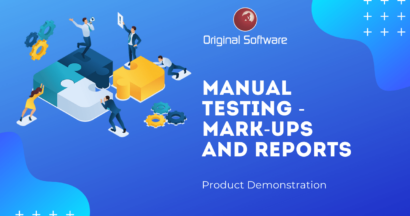Application software has always contained bugs and will continue to contain bugs for as long as developers exist. So, from the moment that the first application program was run by Tom Kilburn on 21st June 1948 (to calculate the highest factor of a large binary number) the necessity to test developed programs to ensure they work as required has been accepted.
So, for almost 70 years a significant piece of human endeavor has been testing and some of it has been fundamental to some of humanity’s greatest achievements. Think about the moon landings. Think the search for the Higgs Boson particle. Think Concorde.
Some of you won’t have had the chance to be part of leading scientific or engineering projects and your testing challenges will be more prosaic but in its own way vital to your employer’s success and survival. Think of major business applications. Think of SAP. Think Oracle EBS. Think Salesforce.
But you do share something in common with the NASA team that put 12 men on the moon – the overwhelming majority of the testing is performed by hand.
My name is Colin Armitage and I’m the CEO of Original Software, the company that first developed code-free test automation that has been the basis of the success of TestDrive in companies around the globe. However, the solution to the burden of manual testing isn’t necessarily testing automation, and for some companies, it would be a massive mistake. Let me explain.
Test automation can be very hard. Even if we put aside the ludicrous notion that the best way to test a program is to write another program (you just doubled the bugs) it remains hard.
- What parts of an application will you automate?
- Who will do it?
- How do you handle your test data?
- How quickly can you create sufficient automation to make a difference?
- And crucially, what happens to the automation when the application under test is modified?
If you’re drowning under the weight of manual testing, limited resources and aggressive delivery dates, it makes little sense to stop everything while you get your head around what it takes to make automation successful, then get budgets approved, resources in place and develop sufficient automation to make a difference.
If you’re drowning, it makes little sense to stop swimming.
Would you like to make your manual testing less manual?











